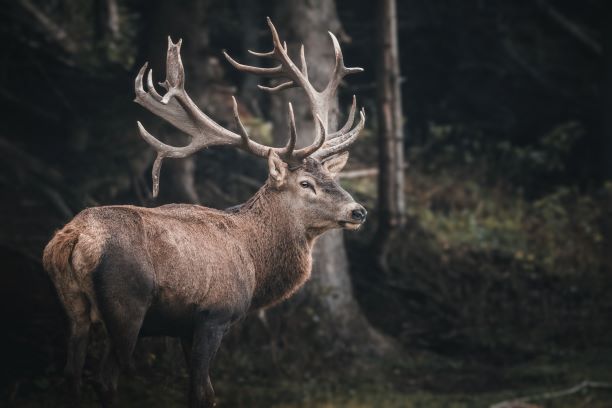Hitting an animal while driving can cause damage to the vehicle as well as severe injuries to you. The larger the animal, the higher the risk that a collision can be lethal. Additionally, swerving to avoid the animal can be even more dangerous. Swerving means you could hit oncoming traffic, a tree, a light post or a ditch.
Follow our tips to minimize your chances of colliding with wildlife.
- If you see an animal, slow down. Use your horn to scare the animals away. Be prepared to stop at any time as animals are unpredictable.
- Be extra careful in areas with wildlife and animal crossing signs.
- Be extra careful during November. Statistics in Alberta show that on average, the number of crashes involving animals double in November. Late fall is the mating season for many animals, and they often cut through roads to look for mates and to migrate.
- Be extra careful at dawn, dusk and night. During those times, animals are most active and likely to be on the roads. Use your high beams whenever possible; an animal’s eye will often reflect the lights. Keep your lights and windshield as clean as you can.
- If you see one animal, the chances are that they are others that are following or close by. Slow down and watch out.
- Generally, the damage and injuries caused by hitting an animal are less than hitting another vehicle or another object. That is why swerving is not advisable. However, you want to try and avoid hitting animals that are larger than your vehicle.
If you hit an animal on the road, contact The Accident Lawyers to discuss your rights and entitlements.

